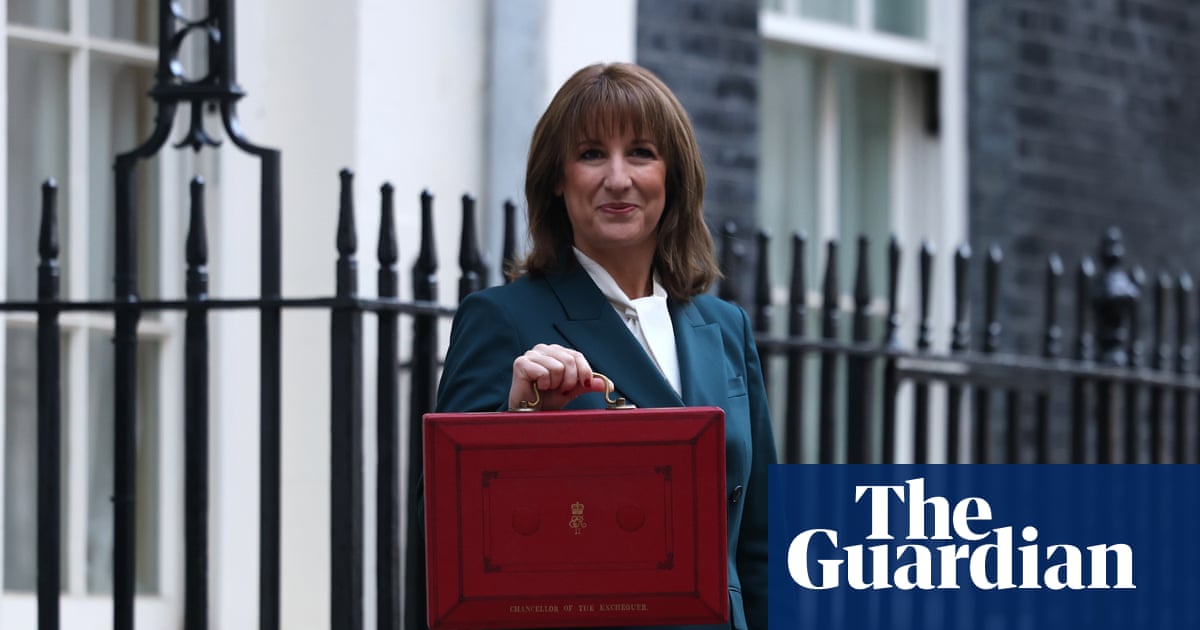‘We want to see more investment flow to Britain,” the chancellor, Rachel Reeves, urged of big pharmaceutical companies this month, as she indicated that the government was willing to increase the price it pays for NHS drugs. Ministers are likely to announce a rethink on pricing soon, potentially by the end of this week.
But the size of that rise remains uncertain. The big question is whether it will be generous enough to convince pharmaceutical companies, which account for a near-£100bn slice of the UK economy, to resume the investments they had paused in a strong-arm campaign to secure concessions from government.
Caught in the middle are the 163,600 people attempting to navigate a career in biopharmaceuticals, which made annual sales of £98.4bn in 2023-24.
The trouble began in September, with a surprise decision by the US pharmaceutical Merck, known as MSD in Europe, to ditch plans for a £1bn research centre in London.
The move appeared to cause a domino effect. Nearly £2bn of pharma projects have been scrapped or paused so far this year, threatening more than 1,000 jobs.
The picture is complicated by geopolitics. Donald Trump has been pressuring Merck and its competitors to lower their US prices, which can be as much as three times higher than those in the UK and the rest of Europe, where nationalised health services often have the upper hand in negotiations.
Patrick Vallance, the science minister, has tried to defuse the row. Ministers are thought to have drawn up proposals to raise the amount the NHS pays pharmaceutical firms for medicines by up to 25%. This would require additional funding, adding to Reeves’s shortfall ahead of the budget on 26 November.
Meanwhile, a shadow hangs over UK pharma, whose leaders say the row could cause long-term damage to the industry – and ultimately to patients.
The medical charity boss

“As a patient organisation, we are concerned,” says Giles Lomax, chief executive of the charity Spinal Muscular Atrophy (SMA). He is a father of twins who have SMA type 2, a neuromuscular condition that causes progressive muscle wasting and weakness.
Lomax says “patients will suffer” if the standoff continues, adding: “The geopolitical events, particularly in the US, are very challenging and it does make boardroom investment decisions tricky. But we must keep the patient in the centre of this.
“It’s extremely important that this issue is resolved as quickly as possible,” he adds. “For people living with SMA, every moment matters as once muscles start to degenerate it’s impossible to get them back, failure to get access to treatments could be the difference between breathing normally or needing assisted support.”
Better drugs do not just cost money, they can ultimately save money, argues Lomax.
Zolgensma, a one-off injection developed by the Swiss manufacturer Novartis, is one of three gene therapies on the market that treat SMA. It has an eye-watering NHS list price of £1.8m. But if given early, before symptoms develop, it can often enable children to lead a normal life.
“These treatments are expensive, but they are hugely life-changing,” says Lomax. “A care package for a child could cost £300,000 a year. So in six years, you’ve paid off your Zolgensma.”
The science graduate

David Poolman, 22, graduated from the University of Bath with a degree in biomedical sciences in July and wants to work in pharma once he has gained his doctorate.
“It’s not encouraging if companies are pulling out of the UK,” Poolman says. In a difficult graduate jobs market, he says there is a lot of competition for PhD positions, even though he has lab experience from a one-year placement at New York University.
It is just as hard to get a job as a research assistant, with 170 candidates for one role that he applied for recently. Graduates are struggling generally, with a 35% drop in hiring by employers over the past year.
“In industry, there are probably fewer jobs available because companies are conscious of costs and tariffs,” Poolman says. “Whereas in universities, there’s still lots of roles being advertised, but the competition is just really high for them.”
Poolman’s ambition is to complete a PhD before pivoting into research for a commercial firm, or starting a new company of his own.
“I wouldn’t say that I’m super-optimistic about science in the UK. But still, there was a big breakthrough at University College London the other day in treating Huntington’s disease, and neurodegeneration is the area I want to go into. That sort of thing gives me hope.”
The science veteran

Janet Hemingway, a professor of vector biology, ran the Liverpool School of Tropical Medicine (LSTM) for nearly two decades, and in 2020 set up the Infection Innovation Consortium (iiCon), which brings together industry, academia and NHS clinicians.
She says demand for its clinical trials remains strong but she has broader concerns. Infectious disease treatments are “effectively a broken market because pressures have pushed down the cost of antibiotics to such low levels”.
While low prices are good for patients and the NHS budget, they also mean that the industry is not prepared to invest in antibiotic research any more, she says, and so governments rely on philanthropic and other organisations, such as the Bill & Melinda Gates Foundation, to develop new drugs.
But medical professionals argue that is not enough, and hospitals globally have recorded an alarming rise in infections from superbugs that are resistant to antibiotics, leading to more deaths.
Hemingway warns that if the same were to happen with other drugs, to treat cancer for example, “we are going to break the standard market eventually, leaving the UK in a position where new products would only be developed by government stepping in and subsidising the cost of the research, rather than pharma carrying the cost of that research”.
Companies need a reasonable profit margin, she says. The question is, how much margin is reasonable?
The lab developer

Opposite the entrance to King’s Cross railway station in London stands a half-built, glass-fronted research centre that was set to house the now scrapped Merck research hub. The 10-storey building would have held 800 staff, with laboratories at the lower levels and offices above.
Michael Wiseman, head of campuses at British Land, the property developer behind several nearby lab buildings in the area, which is known as the Knowledge Quarter, recalls that when MSD announced its investment in London in 2017 it was a big moment.
“The decision was made only a few years after the [nearby] Francis Crick Institute established the idea of science in London. And so there was something symbolic about it. We, like others, thought that would be the first of many.”
But the pace of investment has slowed. Nearly 10% of lab space in the UK sits vacant, with the rate doubling in the year to June, according to data from CoStar. After record activity in 2024, take-up dropped to the lowest level in 12 years, and no new lab space construction has started across the UK since last summer.
Wiseman is reassured that the number of viewings by potential tenants has not eased, and is now counting on smaller biotech firms to fill the space vacated by larger groups.
His forecast is cautiously optimistic: “We’re probably going to be lacking some of the bigger pharma demand for a period of time. But with what’s being built, the smaller end of the market should be sufficient to take up that space.”

 1 month ago
38
1 month ago
38

















































